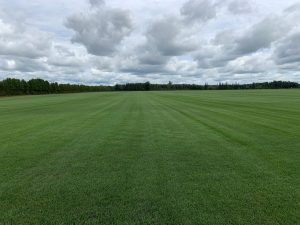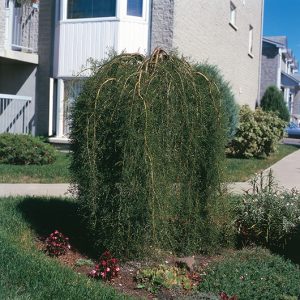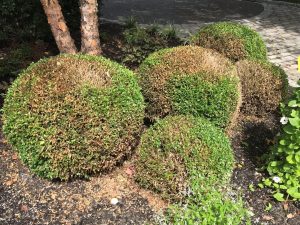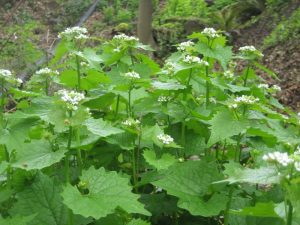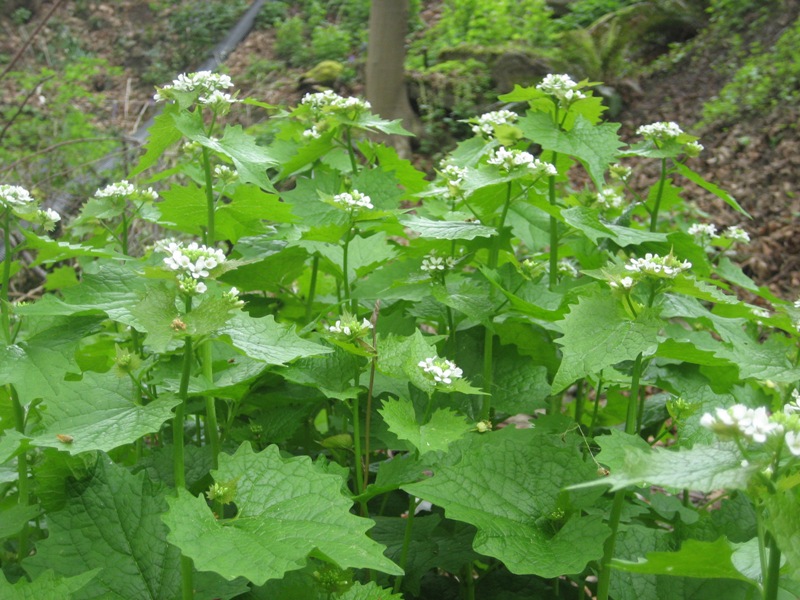
Hi, Dave here from Foxy Gardens in southwestern Ontario. When we call a plant “invasive,” we often mean it’s spreading aggressively or becoming hard to manage.
But in ecological and environmental terms, the word has a much more serious meaning—especially here in Ontario. Invasive plants aren’t just pesky garden nuisances; they can threaten biodiversity, disrupt ecosystems, and even harm the economy.
Understanding what it really means when a plant is invasive is the first step in protecting native plants, pollinators, and the health of our landscapes. Whether you’re a backyard gardener, a cottage owner, or someone who simply enjoys Ontario’s trails and forests, this is an issue that affects all of us.
What Does “Invasive” Actually Mean?
The word “invasive” is often misunderstood. While people sometimes use it to describe any plant that grows quickly or spreads easily, the official definition is more specific and far-reaching.
According to standards like those set by Canada’s Invasive Species Act and supported by conservation authorities, a plant is invasive if it meets three criteria:
-
It is not native to the area.
-
It establishes itself outside of cultivated settings (like gardens or planters).
-
It causes harm to the environment, economy, or human health.
Invasive plants grow aggressively because they often lack natural predators or diseases in their new environment. This allows them to outcompete native species, disrupt ecological balances, and dominate entire habitats.
Invasive vs. Aggressive vs. Weedy
Not all fast-growing or spreading plants are invasive. There’s an important difference between invasive, aggressive, and weedy plants:
-
Aggressive plants (like mint or obedient plant) may overtake a garden bed but don’t spread into natural ecosystems.
-
Weedy plants (like dandelions or plantains) are opportunistic, often thriving in disturbed soils, but they don’t usually dominate native habitats.
-
Invasive plants spread outside gardens or cultivated areas and form monocultures that reduce biodiversity and alter natural systems.
For example, Lily of the Valley might be a headache for gardeners, but Dog-strangling Vine—a vine that smothers native plants and threatens monarch butterflies—is a true invasive in Ontario.
How Invasive Plants Spread
Invasive plants in Ontario often start in urban or suburban areas where they’ve been introduced through landscaping or ornamental planting. From there, they escape into wild spaces by:
-
Seeds dispersed by wind or birds
-
Fragments carried by water or animals
-
Human activity like dumping garden waste or moving contaminated soil
Once established, these plants grow rapidly and spread far beyond their original planting zones. Many are difficult—sometimes nearly impossible—to remove without sustained effort.
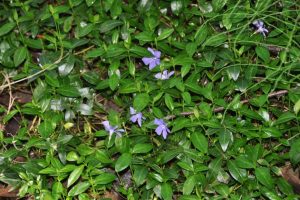
A classic example is Periwinkle (Vinca minor), often found carpeting forest floors near older homes or parks. It was introduced as a ground cover but now forms thick mats that prevent native woodland plants from growing.
Why Invasive Plants Are a Big Problem in Ontario
Ontario is home to a diverse range of ecosystems—from Carolinian forests in the south to Boreal forests in the north. Native plants evolved in balance with the climate, soils, and wildlife around them. Invasive species upset that balance.
Here’s why it matters:
-
Loss of native biodiversity: Invasive plants displace wildflowers, trees, and shrubs that local wildlife depend on for food and shelter.
-
Threats to endangered species: Some invasives smother or outcompete rare or threatened plants.
-
Soil degradation: Certain invasive plants alter soil chemistry, making it harder for native species to re-establish.
-
Economic impact: Removing invasives from roadsides, waterways, and parks costs Ontario millions of dollars each year.
-
Fire risks and erosion: Some invasives dry out landscapes or leave bare patches once they die back, increasing fire hazards or erosion.
Common Invasive Plants in Ontario
Here are some of the most widespread invasive plants in the province:
-
Garlic Mustard – Introduced as a culinary herb, it now dominates forest understories.
-
Dog-strangling Vine (Vincetoxicum rossicum) – A threat to monarch butterflies because it confuses them during egg-laying.
-
Japanese Knotweed – Famous for its damage to building foundations and riverbanks.
-
Norway Maple – A popular street tree that shades out native saplings in woodlands.
-
Phragmites (Common Reed) – Grows in wetlands and roadside ditches, displacing native cattails and frogs.
These plants don’t just “fit in”—they take over.
What You Can Do
Even small efforts can make a big difference when it comes to stopping the spread of invasive plants in Ontario.
1. Learn before you plant
Always check whether a plant is considered invasive in your region before buying or transplanting it. The Ontario Invasive Plant Council has printable guides and a mobile app called Grow Me Instead to help.
2. Remove invasive plants responsibly
If you identify invasive plants on your property, take steps to remove them—but don’t just compost them or toss them in green bins. Many invasives can regrow from fragments or spread by seeds. Instead:
-
Bag them in black plastic.
-
Let them bake in the sun until fully dead.
-
Dispose of them in the garbage (not the compost).
3. Plant native alternatives
For every invasive species, there are native or non-invasive alternatives. For example:
-
Instead of Japanese Pachysandra, try Allegheny Spurge or Foamflower.
-
Instead of English Ivy, consider Wild Ginger or Barren Strawberry.
Native plants support local pollinators, birds, and insects—while requiring less watering and care over time.
4. Join local removal efforts
Groups like conservation authorities and native plant societies often host invasive species removal days, native plant sales, or volunteer gardening events. These are great opportunities to learn, meet others, and contribute.
Conclusion
Understanding what it means when a plant is invasive is more than just a matter of garden trivia. It’s about recognizing the ripple effects that plant choices have on Ontario’s natural ecosystems, wildlife, and long-term environmental health.
By making informed decisions, avoiding known invaders, and choosing native alternatives, we all play a role in preserving the beauty and resilience of Ontario’s landscapes—for ourselves and future generations.

